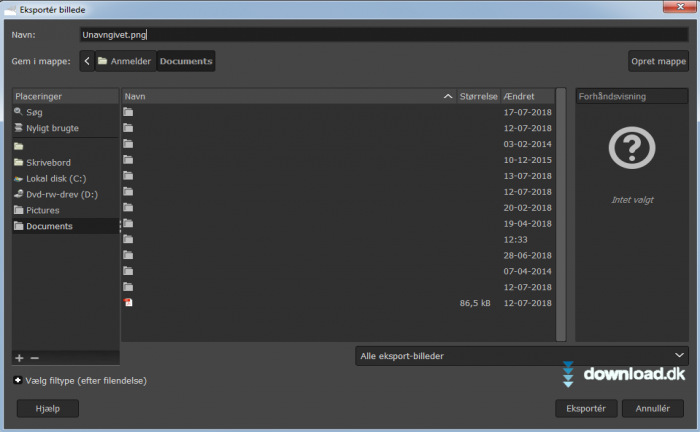
We're working on that, please check back later. Note: the currently available package provides GIMP 2.10.22 and has not yet updated to the latest version, GIMP 2.10.24. Please refer to the documentation for your Unix-like system on the installation of software. GIMP can also run on Solaris and is available for the BSD family of systems such as FreeBSD and OpenBSD.
#Gimp mac m1 update
Once again, if your distribution does not have proper support, you can always fall back to using the following command line:įlatpak update Systems without flatpak support Instead if your distribution and/or desktop has a good support for flatpak, it should propose to perform updates.
#Gimp mac m1 install
You don't have to come back on this page and install again (it will not work!) when a new version of GIMP is released. This installation will also provide regular update. In the meantime, you can still run it by command line (not as the recommended method, only a workaround):

If this is not the case, we suggest to report a bug to your desktop or distribution asking for proper support of flatpak. Once installed, it will be made available exactly the same way as other applications (menus, desktop overview, or any specific application launch process used by your desktop). If that is the case, ensure flatpak is installed and if clicking the link still does not prompt to install GIMP, then manually install by command line: Yet it may not work out-of-the-box on some platforms since the flatpak technology is new.
#Gimp mac m1 software
The flatpak link above should open your software installer and prompt you to install GIMP. Therefore choose your installation medium according to your needs.įlatpak build available in: x86-64 and AArch64 ( note: i386 and ARM-32 versions used to be published, yet are now stuck at GIMP 2.10.14 and 2.10.22 respectively). The flatpak build is new and has known limitations, though it will likely provide faster updates, following GIMP releases closely. If available, the official package from your Unix-like distribution is the recommended method of installing GIMP! Show downloads for GNU/Linux | OS X | Microsoft Windows | All GIMP for Unix-like systems Gimp Macbook M18 Either JavaScript is disabled, or I am not working quite right. We think your OS is Well, we don't actually know. Get it on our development downloads page. want to check out the GIMP 2.99.4 development release? The current stable release of GIMP is 2.10.24 (). It is designed to be augmented with plug-ins and extensions to do just about anything. It can be used as a simple paint program, an expert quality photo retouching program, an online batch processing system, a mass production image renderer, an image format converter, etc. GIMP or GNU Image Manipulation Program is packed with.
#Gimp mac m1 pro
Or you can prevent this from happening by running xattr -d ~/Downloads/darktable*.dmg command before mounting the image (or xattr -dr /Applications/darktable.app after installing).Gimp Macbook M1 By graphtolaver1984 Follow | Publicįor example, it now supports Apple M1 Macs, multi GPUs (looking at you Mac Pro), and RAW editing workflows with the new Pro Display XDR. After that you will be able to start darktable without this trick (well, until you update it, then you will have to do above steps again).You will be presented with similar-looking dialog, but this time there will be second button allowing you to run the application.Locate darktable in Applications folder (or wherever you installed it) using Finder.What to do with dialog saying “darktable” can’t be opened because it was not downloaded from the Mac App Store: This bundle supports macOS versions starting with 10.14 (Mojave).

snapshots from the stable release branch.Right now this means for the stable package:įor master git branch we build for the following distributions: The OBS allows packagers to provide packages for multiple Linux distributions. Check your package manager or software center.

If your unix-like operating system is capable of running a graphical session, darktable is likely available. Installation notes Linux/Unix Binary Packages From Your Package Manager


 0 kommentar(er)
0 kommentar(er)
